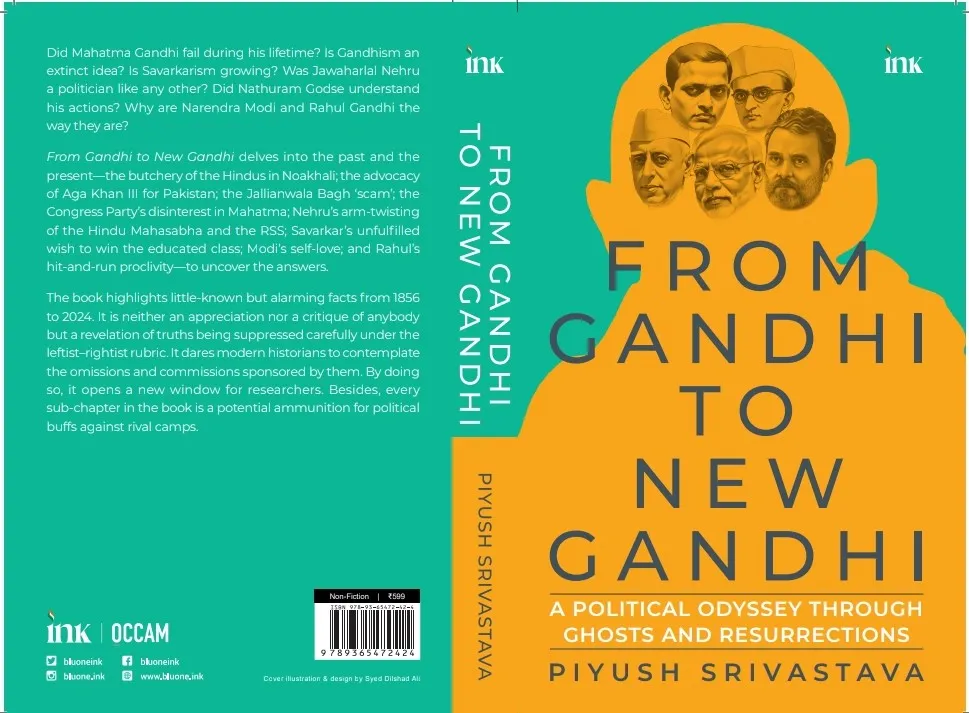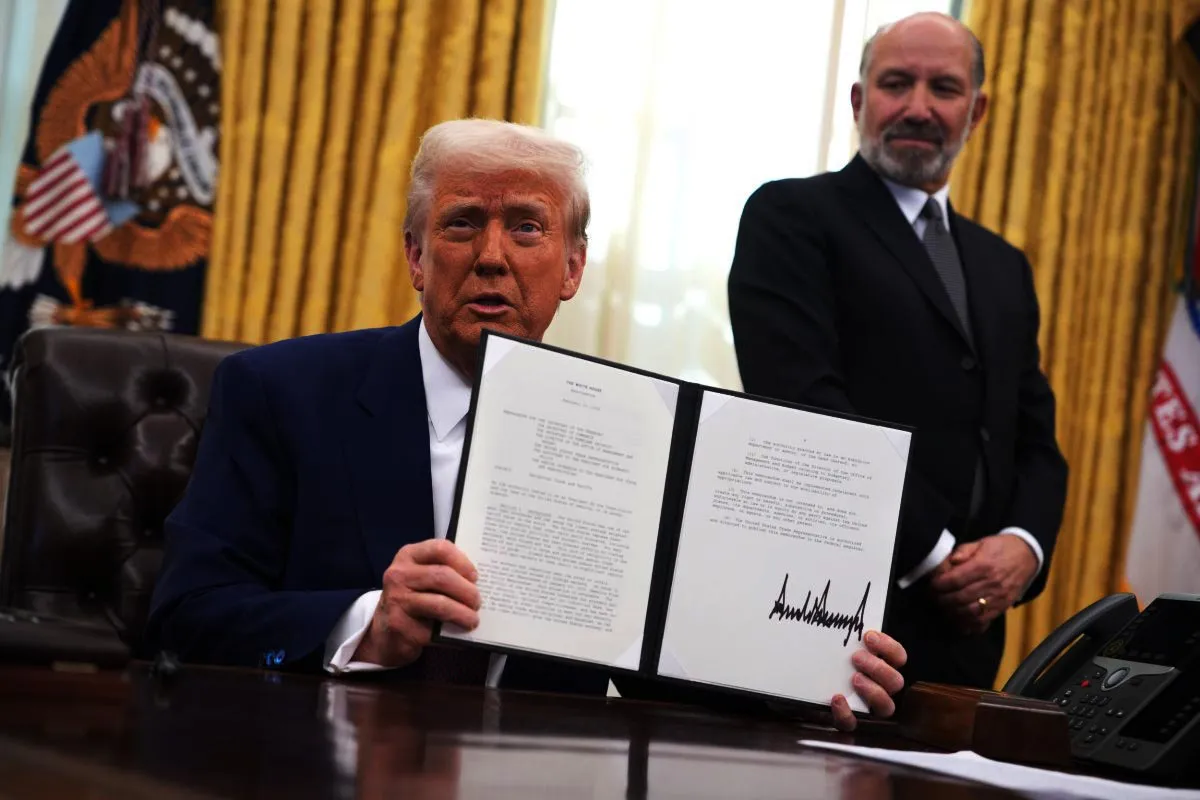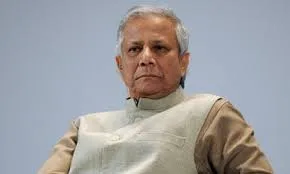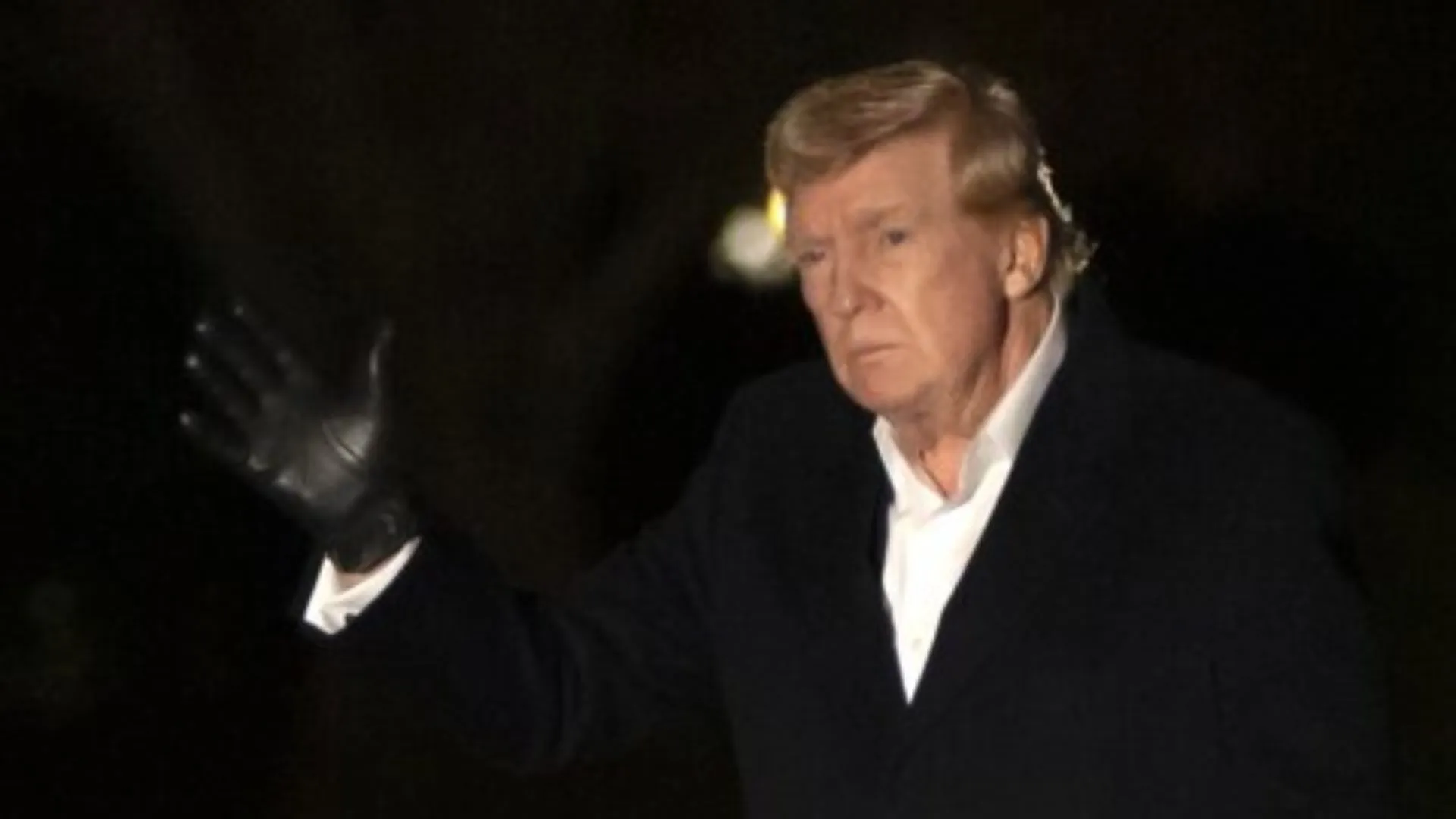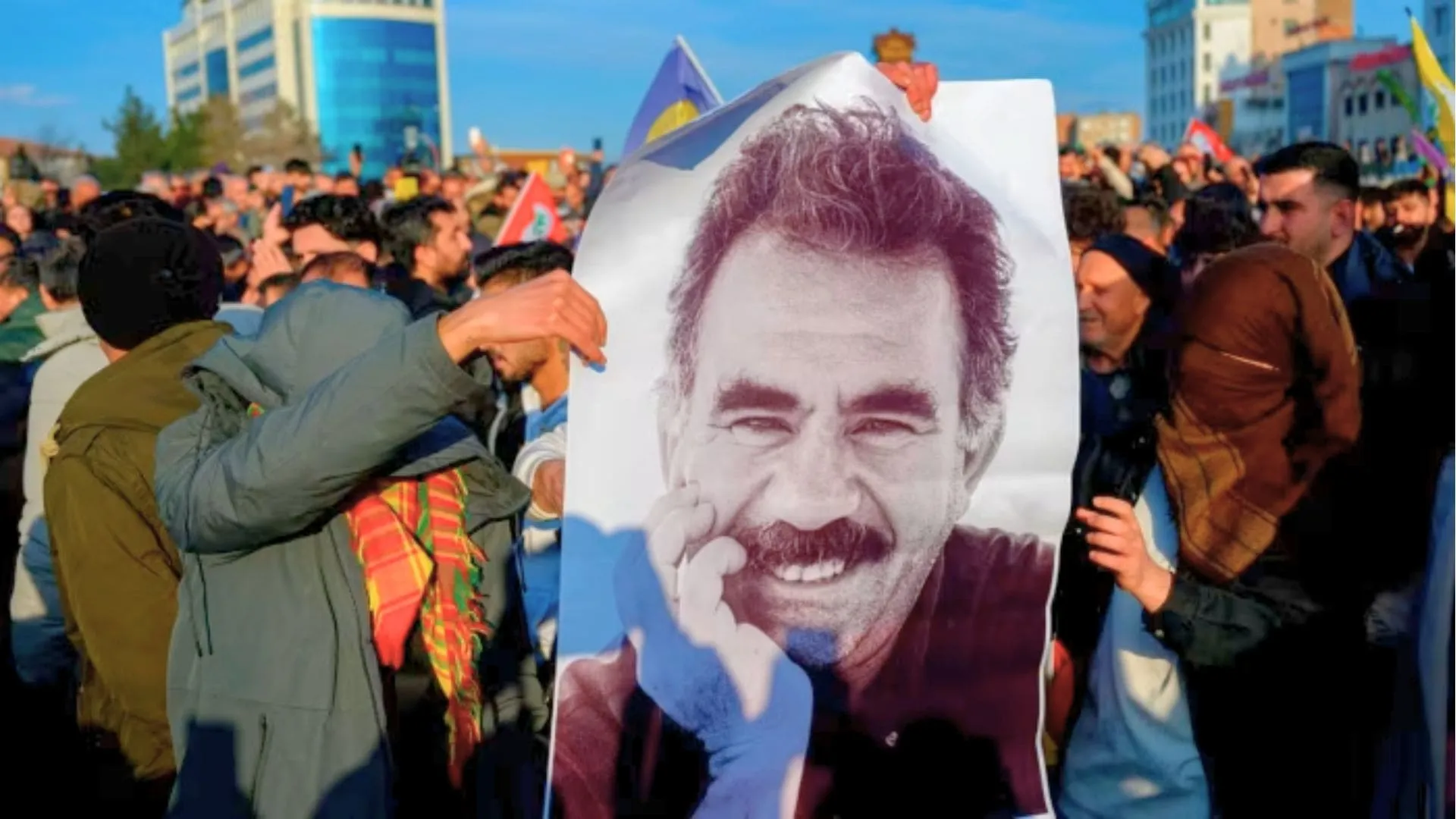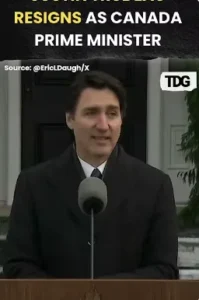Although Israel and Hamas have reached a ceasefire deal, it has remained unclear regarding reconstruction and the future of administration in Gaza. The recent announcement of Trump proposing to take over Gaza and relocation of Palestinians to Egypt and Jordan is nothing but a Mockery of Palestinian Values.
In the pretext of the October 7 attack that killed more than 1200 Israelis, additionally taking more than 240 hostages into captivity by Hamas, there has been a 16-month non-stop bloodbath between Hamas and Israel, resulting in the killing of more than 45000 Palestinians and unimaginable levels of devastation in Gaza. Initially, Israel determined to free its hostages while also intending to remove Hamas from its existence completely, but the current situation on the ground is somehow different. Although Hamas militarily nowhere stands in front of Israel, Hama’s determination to fight for their rights and historical injustice seems to have won this war psychologically, giving a clear message to the entire world that ‘you can obviously suppress your enemies with the help of arms and ammunition, but not their ideological commitment’.
Since the very beginning of the creation of Hamas in the 1980s, it was fully determined to eliminate the existence of Israel. Hamas, being a Sunni organisation, used to get support from Saudi Arabia and other Sunni-dominated countries at the very beginning of its fight against Israel. However, due to the USA’s geopolitical and strategic intervention in the Middle East, Hamas, over a period of time, gradually lost its direct support from the Sunni world, and they were, after some point in time, ironically replaced by Shia-ruled Iran.
The Deal is Nothing but a Compromise
The convergence of three scenarios, the killing of Iranian Proxies, Hasan Nasrallah (Hezbollah chief) and Yahya Sinwar (Hama chief) and the parallel targeting of Syrian proxies near Golan Heights when Syria was busy handling Al Julani-led anti-Assad forces, together became one of the reasons that eventually resulted in the weakening of Hamas in Gaza. The remaining influence of Iran on Hamas was eliminated when Israel, by capturing a significant area of Golan Heights and Western Syria, cut off the link between Iran and Lebanon.
However, a point to be noted here is that Hamas has remained undefeated even after Israel’s 15 months of indiscriminate killings of Palestinians in the Gaza Strip. The strength of Hamas has just become weak; it has not been eliminated, which is what Israel was looking for. It is not the Israeli Prime Minister but the US President, Donald Trump, who actually pushed Israel for a deal with Hamas. Donald Trump presumably just wanted to create a sense of impression that there would not have been an October 7 attack if he was in power. Donald Trump has always said in his election rallies that there would certainly have been a safe return of all Israeli hostages if he was in power. By reaching a ceasefire deal before he assumed POTUS, he possibly just wanted to validate his assertion of what he used to say during his election rallies.
It must have been quite difficult to convince Netanyahu to go for the deal. The Trump administration must have pressurised Benjamin Netanyahu, ensuring him that the USA would be directly involved in returning all Israeli hostages safely to their homes, as this deal was meant to exponentially outshine the image of Trump on a global scale.
The deal was nothing but a compromise from both sides, where Israel was failing to reach its objectives, and Hamas had nothing more left to lose in these 15 months of fighting. This was an opportunity for the Trump administration to criticise and degrade the Biden administration by stopping this war through any possible means of mediation, and Donald Trump has successfully done this before officially joining his office.
Outcomes of this deal
Although Benjamin Netanyahu has failed to reach his objective of completely eliminating Hamas from its existence, this deal would partially provide him with an opportunity to loud his limited victory over the release of Israeli hostages.
However, one of the most significant outcomes of this ceasefire deal is that it will now provide a cooling period as an opportunity for Hamas to revive, reorganise, and strengthen the position of Hamas in the region. After re-organising itself, Hamas, blending its ideological foundation with religious identity, would be creating a narrative that Hamas is an ideology in itself. It cannot be defeated at all, as this organisation is primarily committed to claiming its victory over Israel sooner or later.
Along with this narrative, Hamas may temporarily project the humanitarian aid being provided to the poor and homeless Gazans as Hama’s success, further using this aid as a tool to mobilise the Gazan youths to join the organisation at a faster pace. There is a possibility that Hamas, in the future, may act like a half-killed cobra- full of revenge, always looking for an opportunity to commit a bigger attack than October 7.
Although this deal has temporarily benefited Donald Trump in revamping his image in front of the world and his political opponents, this deal, in a larger context, has paved the way for Hamas to bounce back with double power and energy. Hamas, in this deal, has nowhere mentioned that it would stop its fight against Israel. Although the power of Hamas has significantly weakened in this 15-month-long battle, there is zero change in their ideology and commitment to what they have been fighting for: ‘fight against the existence of Israel’.
However, after this deal, Trump has already begun to claim that, as soon as he came to POTUS, he easily managed to resolve one of the hottest ongoing conflicts in the Middle East by using American supremacy, prestige and strength. By outshining his personality, Trump is now trying to project himself as one of the biggest peace resolvers in front of the world.
The idea behind pushing Israel for signing a peace deal with Hamas before he entered POTUS was probably a strategy of Donald Trump to overpower the Biden Administration, projecting himself as a peace resolver. He is now probably looking to promote a peace movement on a global scale.
Donald Trump’s recent announcement for the tentative meeting with Kim Jong Un, his call for nuclear disarmament and his direct engagement with Russia and Ukraine to end this war at any cost can be best assumed that he must be looking to outshine his image as a peace and conflict resolver.
The day is not far away when we will be witnessing Ukraine, like Israel, signing a peace agreement with Russia soon in the coming days or weeks. There may be two possible reasons why Trump is thinking of promoting peace around the world.
First, before being the president of the United States of America, he is a true businessman and supernationalist. Mr Trump always calculates his profits and losses. His recent proposal of taking over Gaza, acquiring Greenland, and controlling over 50% of Ukraine’s rare earth minerals, along with imposing tariffs, clearly shows that he primarily focuses on only one parameter for balancing power- “economics or monetary value”.
The other most important reason for resolving conflict and promoting peace could be that he possibly wants to set his image for the nomination for the Nobel Peace Prize. He would try his best to be awarded the Nobel Peace Prize by the end of his term, as he was also previously seen several times nominating himself for this award. He has already lived his life to the best of his ability. Keeping the age in his mind, he would possibly not leave a single stone unturned to witness himself among the greatest leaders in the glorious past of the United States.
India’s Aspects
As soon as the peace gets restored in the region, this deal will possibly provide a green signal for the India-Middle East-Europe Economic Corridor (IMEC) Projects also passing through Haifa port of Israel.
As the idea behind rolling out this project was to counter China’s Belt and Road Initiative (BRI) project, India is considered an important player in this project. Therefore, under the pretext of the Gaza ceasefire deal, the beginning of the IMEC Project would probably bring an economic boom to India.
Sanjay Turi, Doctoral Candidate, Centre for West Asian Studies(CWAS), School of International Studies(SIS), Jawaharlal Nehru University, New Delhi.


